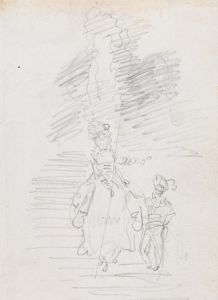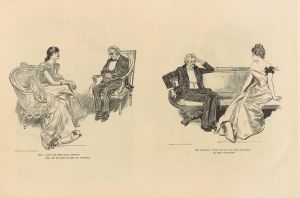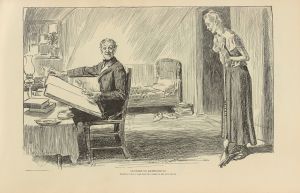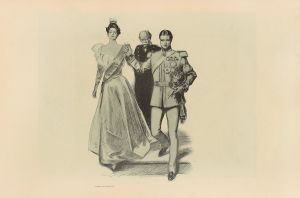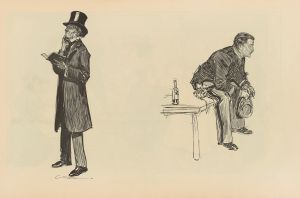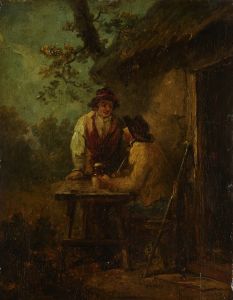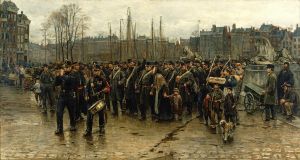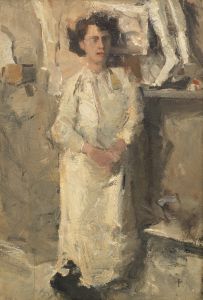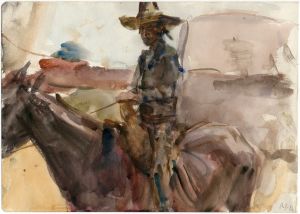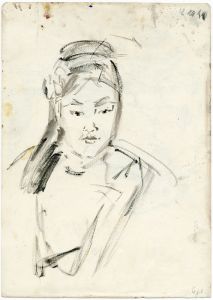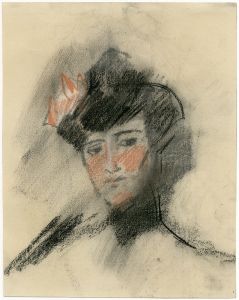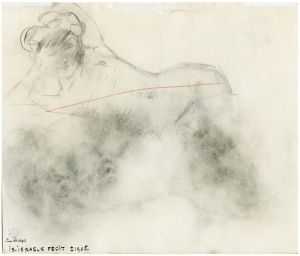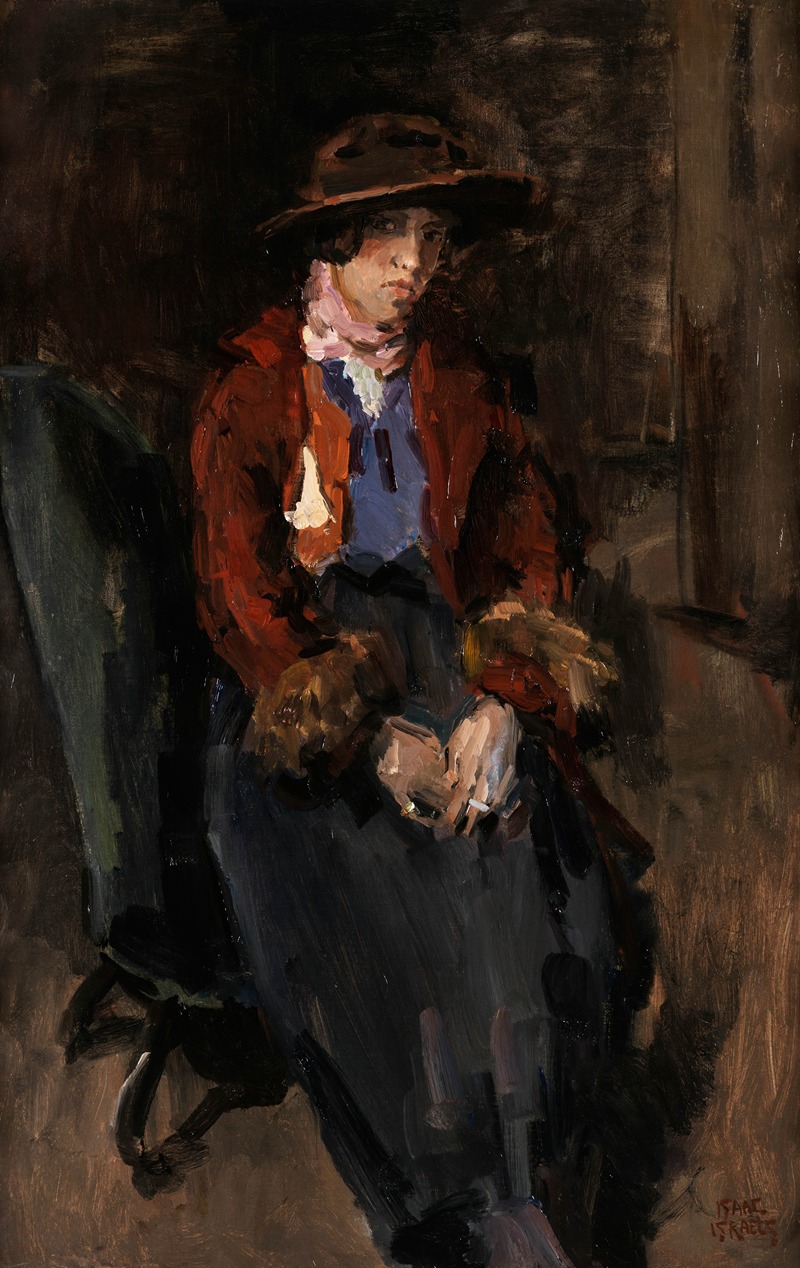
Greet Lobo-Braakensiek as Eliza Doolittle
A hand-painted replica of Isaac Israëls’s masterpiece Greet Lobo-Braakensiek as Eliza Doolittle, meticulously crafted by professional artists to capture the true essence of the original. Each piece is created with museum-quality canvas and rare mineral pigments, carefully painted by experienced artists with delicate brushstrokes and rich, layered colors to perfectly recreate the texture of the original artwork. Unlike machine-printed reproductions, this hand-painted version brings the painting to life, infused with the artist’s emotions and skill in every stroke. Whether for personal collection or home decoration, it instantly elevates the artistic atmosphere of any space.
Isaac Israëls, a prominent Dutch painter associated with the Amsterdam Impressionism movement, created the painting Greet Lobo-Braakensiek as Eliza Doolittle. This work is a portrait of Greet Lobo-Braakensiek, a Dutch actress and singer, depicted in the role of Eliza Doolittle, a character from George Bernard Shaw's play Pygmalion. The painting is celebrated for its vibrant brushwork and the dynamic portrayal of its subject, reflecting Israëls' characteristic impressionistic style.
Greet Lobo-Braakensiek was a notable figure in the Dutch performing arts scene during the early 20th century. Her portrayal of Eliza Doolittle, a flower girl who undergoes a dramatic transformation in Shaw's play, was well-received and highlighted her theatrical talent. Israëls captured her in costume, emphasizing the character's working-class origins through her attire and demeanor. The painting is believed to have been created around the time of her performance, showcasing Israëls' interest in contemporary culture and his ability to immortalize moments from the performing arts.
Isaac Israëls was known for his ability to capture fleeting moments and the essence of modern life. His works often depicted scenes from urban life, including theaters, cafés, and streets, as well as portraits of individuals from various walks of life. In this painting, Israëls employs loose, expressive brushstrokes and a rich color palette to convey the vitality and personality of both the actress and the character she portrays.
The painting is part of Israëls' broader body of work that explores themes of performance and identity. By choosing to depict Greet Lobo-Braakensiek as Eliza Doolittle, Israëls not only highlights her role in the play but also reflects the cultural significance of theater during that era. The work serves as a testament to the interconnectedness of visual art and performing arts in the early 20th century.
Today, Greet Lobo-Braakensiek as Eliza Doolittle is recognized as an important example of Israëls' portraiture and his engagement with contemporary subjects. It remains a valuable piece for understanding the intersection of art, theater, and society in the Netherlands during this period. The painting is held in a private collection or museum, though specific details about its current location are not widely documented.





